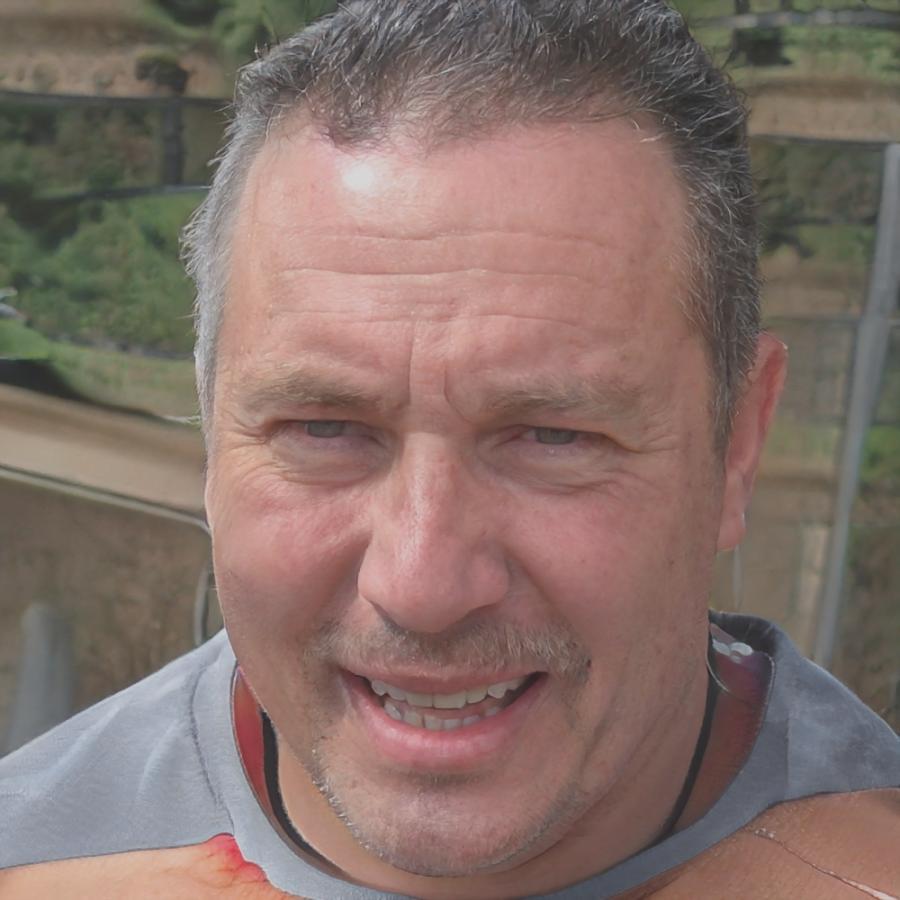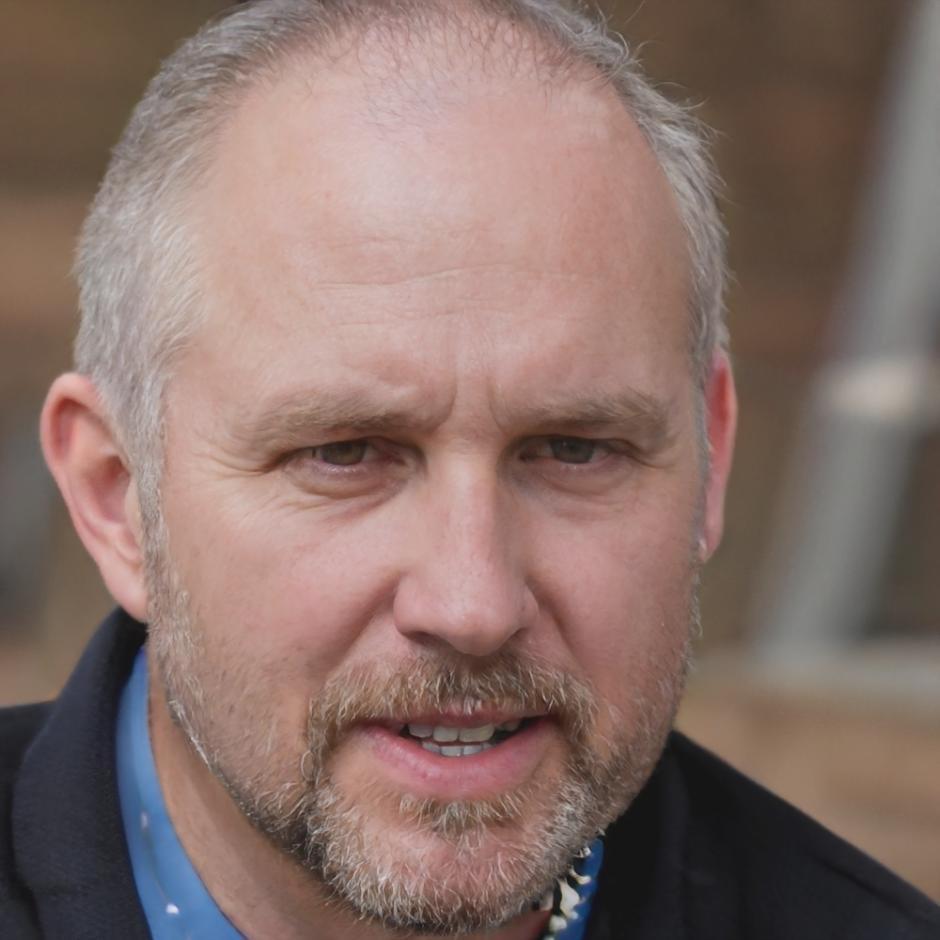Visual Hierarchy Psychology
Understanding how humans process visual information is crucial for effective design. This module explores the cognitive science behind visual perception and decision-making.
Key Focus Areas:
• Eye tracking patterns and attention flows
• Cultural influences on visual processing
• Accessibility considerations in hierarchy design
• Testing and validation methods for visual effectiveness
Recent research from the University of Tartu's cognitive science department informs our approach to understanding Estonian and broader European visual processing preferences.
You'll work with real eye-tracking data to understand how different demographic groups interact with visual information, making your designs more inclusive and effective.


